by ALISON BOREL
Chances are you already know that cattails are a survivalist’s godsend. In addition to providing water, food, shelter, and fuel, cattails also have anesthetic properties.
Directly applying the gel produces an amazing numbing sensation in the affected area. To this end, boils, blisters, and sores benefit greatly from this application.
The healing properties of cattail gel are:
Astringent
Coagulant (stops blood flow)
Pain relief
Antiseptic
In essence, cattail numbing gel works in two ways: first and foremost, the excretions from the leaf base clean the wound. Secondly, pain is addressed, providing immediate relief.
Surprise injuries without a first aid kit in an emergency situation are nobody’s idea of a good time.
In fact, emergency situations seem to be the times in which we are least prepared, but with a little knowledge and foresight, you can take care of a nasty gash in a pinch. The area between the young leaves near the root ball produces a jelly that doesn’t need any preparation at all in order to be useful.
In addition to administering immediately to pain or bleeding caused by wounds in the great outdoors, you can also make your own ointment in a jar to keep on hand.
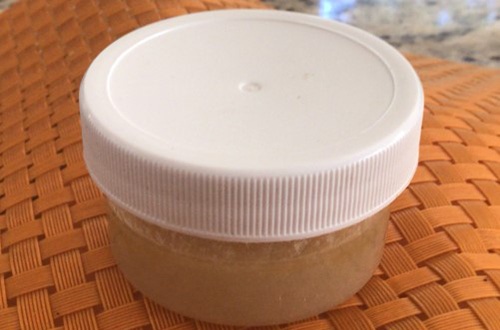
Jarring cattail numbing gel makes for an extremely useful home remedy. For home herbalists who already create tinctures, this analgesic preparation is a perfect addition to the repertoire.
Scraped off gel is decocted into a small pot and extracted by boiling it, and then simmering. After that, squeeze the pulpy mass to harvest all of the gel, and then boil again (with a bit more water).
The only tools required are resourcefulness, a putty knife or spatula, sesame oil, a pot and a stove, a sieve or cheesecloth, and a sterilized jar.
Harvesting The Cattails
Luckily, cattails abound in the most unlikely of places—anywhere that water collects, actually.
Related: Delicious Recipes Using Cattails – “The Supermarket of the Swamp”
If you don’t have them growing on your property or know where to find them, the best place to begin searching is on a neighborhood social media page. You’d be surprised how many other preppers there are out there and how many people are genuinely interested.
Within hours of my post, I had three responses. Two mentioned a public place near a four-way stop next to a strip mall. Although I was hesitant to start there, I hopped to it in rain boots just in case nobody wanted a perfect stranger stalking through their marshy areas.
An abundance of new shoots in clear water greeted me, and I had no problem whatsoever harvesting the spoils.
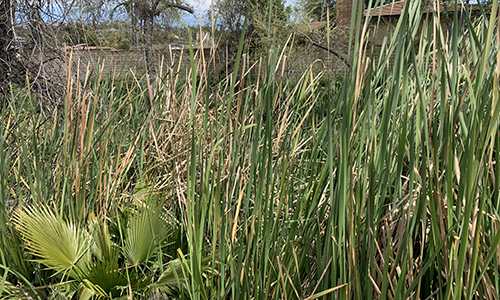
What To Look For And How To Harvest Correctly
My main concern was the toxin filtering function properties of cattails. Much like the beloved ginkgo tree lining city streets, cattails literally consume pollutants.
Especially since the marsh was so close to the road, I worried I might have toxic cattails on hand that wouldn’t work, or worse, induce an allergic reaction.
Related: How to Treat Allergies Naturally This Spring
Due to the clear quality of the water, I decided the risk was minimal.
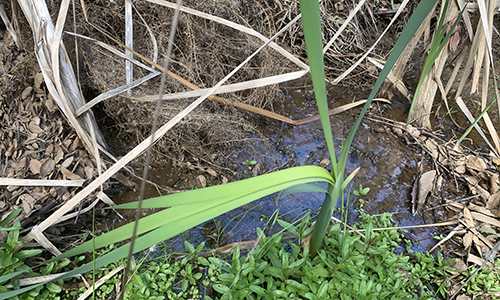
Another good indicator is the presence of insects. Because new shoots excrete gel closest to the root bulb in the water, the best place to cut is as close to the water line as possible.
It turns out that ants, in particular, are drawn to the gel and eat it. Ultimately, the presence of ants on a new shoot certainly signifies the mother lode. Just like in gardening, shake off the produce to get rid of the bugs.
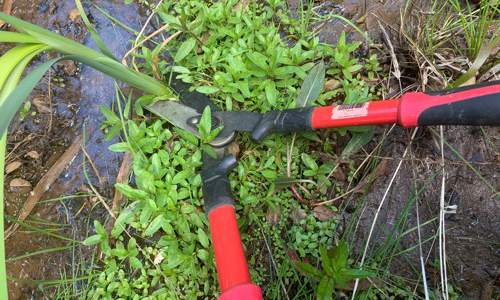
Because of my concerns about toxins, I also ended up checking out a neighbor’s stash. Nestled in high desert foothills, Tommy’s little marsh afforded me the perfect amount of privacy.
How To Make The Numbing Gel
Right there on the spot, I took a serrated putty knife to a recently cut shoot oozing gel from the base.
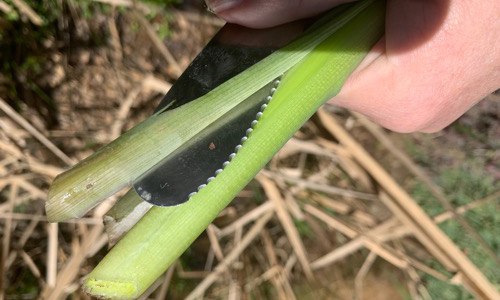
Previously, on a YouTube video, a fellow actually placed the gel in his mouth to help fight a toothache, claiming that it worked.
With just a little effort, I managed to procure enough to apply to a wound on my forehead that was in a lot of pain. A numbing sensation similar to lidocaine took immediate effect.
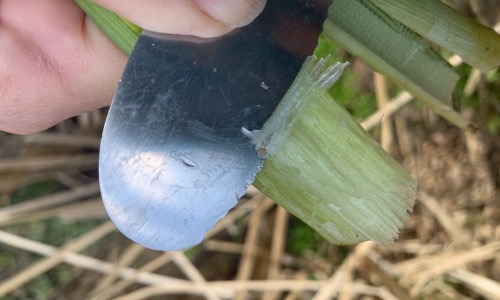
All in all, a large bowl worth of shoots is exactly the right amount for producing a small jar of ointment.
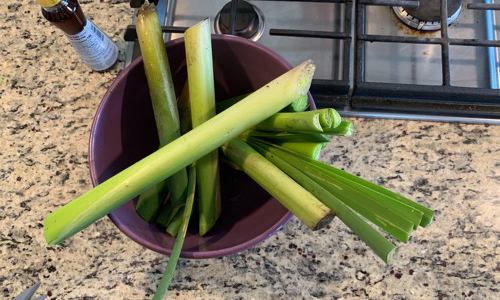
Excited, I grabbed my haul plus a dozen chicken (and quail!) eggs from Tommy and his toddlers. They loved hearing about how and why I was up to harvesting their weeds and they said they’d look into it further themselves.
On The Stovetop Is Where The Magic Happens
Once the shoots have been correctly harvested, the process of making the pain ointment is easy. Similar to green onions, the potency is at the base, so first, trim off any extraneous parts.
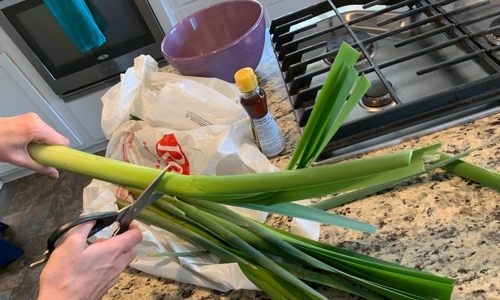
Clean and cut the stem base, then open the shoot up by splitting it with a knife.
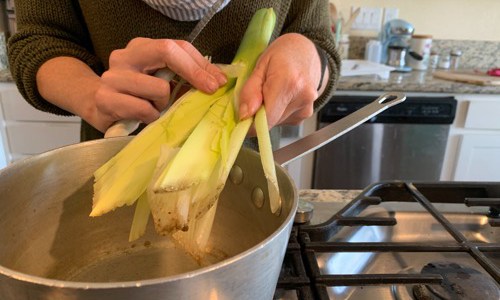
The best leaves resemble celery in the sense that they have a crosshatch pattern all along them. Leaves with a styrofoam-like texture contain the most jelly.
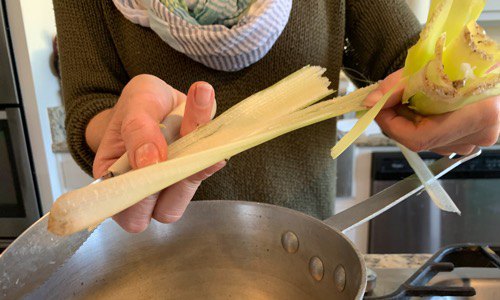
Scrape as much as you can off of these.
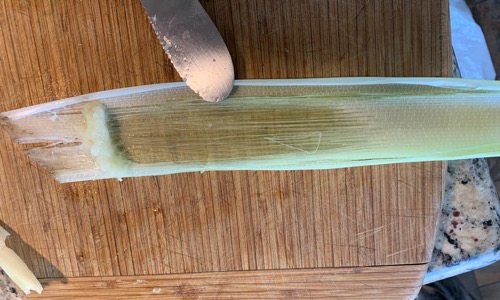
Carefully put as many of the gel-producing parts in a small pot.
The attached fibers are ok since they can be boiled down further.
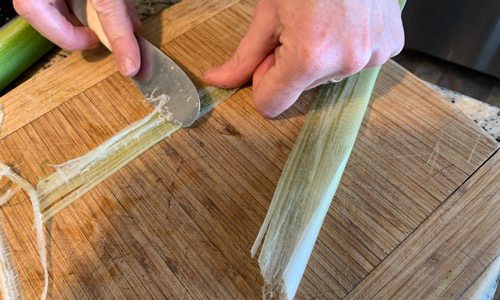
Once you’ve procured as much gel as possible, add about a quarter cup of water and a teaspoon of sesame oil. Sesame oil contains antibacterial properties, which naturally preserves the anesthetic.
Boil the mixture for five minutes, then simmer for 25 more minutes.
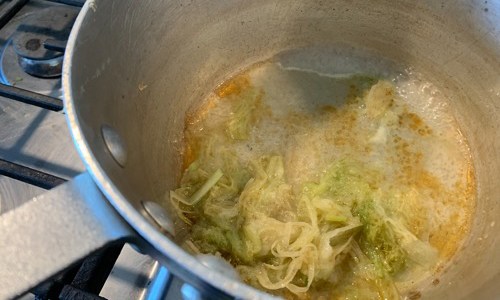
Squeeze all the matter you can over a sieve, collecting the good stuff from the underside.
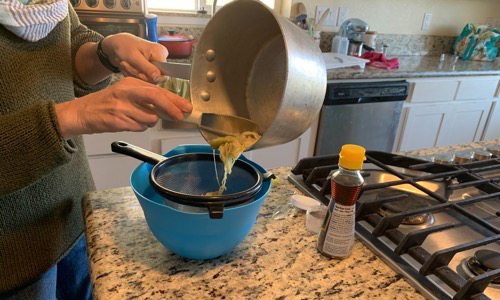
Cheesecloth is very useful in this application if you have it.
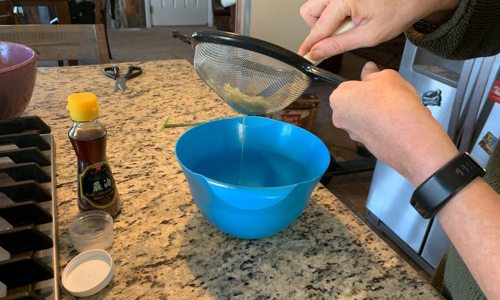
Return the squeezed out the pulp and repeat the process in order to obtain the most matter possible. (Just a little extra water added)
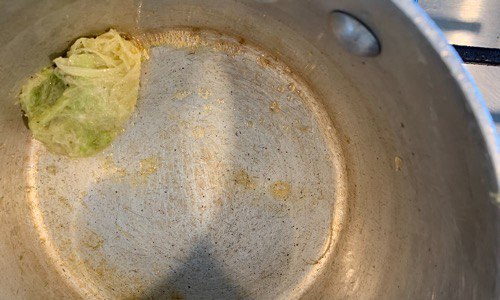
Next, strain the remaining matter into your vessel of choice.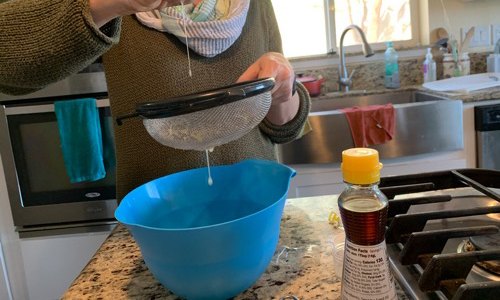
Now you should have about 2-3 ounces of sesame-smelling cattail ointment that works wonderfully.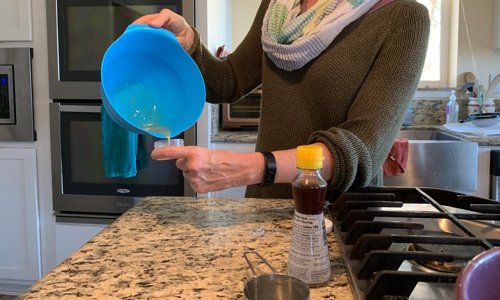
Because this is homemade and sesame oil isn’t the strongest preservative, we recommend either storing it in the refrigerator (or freezer) for up to six months.
Alternatively, you may can the product if you wish and that would most definitely add months to the shelf life.

Now you should have about 2-3 ounces of sesame-smelling cattail ointment that works wonderfully.

Because this is homemade and sesame oil isn’t the strongest preservative, we recommend either storing it in the refrigerator (or freezer) for up to six months.
Alternatively, you may can the product if you wish and that would most definitely add months to the shelf life.
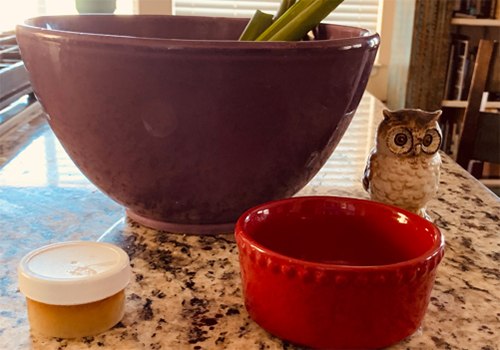
Use a cotton swab when applying the gel to clean skin as well. Open containers can easily hold bacteria from unclean fingers. Of course, common sense dictates best medicinal practices always involve clean hands.
As with any medicinal plants, people may experience allergies. If a rash or hive occurs, discontinue use right away.
Since I’ve made this ointment, I’ve used it more frequently than Neosporin to heal my scar and have applied it to a few blisters from a burn. The antiseptic properties combined with the numbing/healing are truly amazing.
Let us know if you make this DIY cattail anesthetic gel. We’d like to hear your stories.

No comments:
Post a Comment